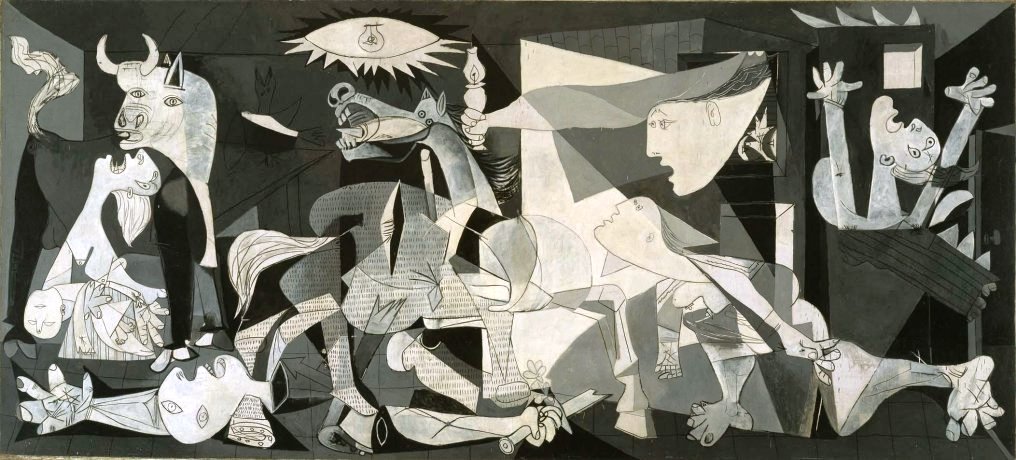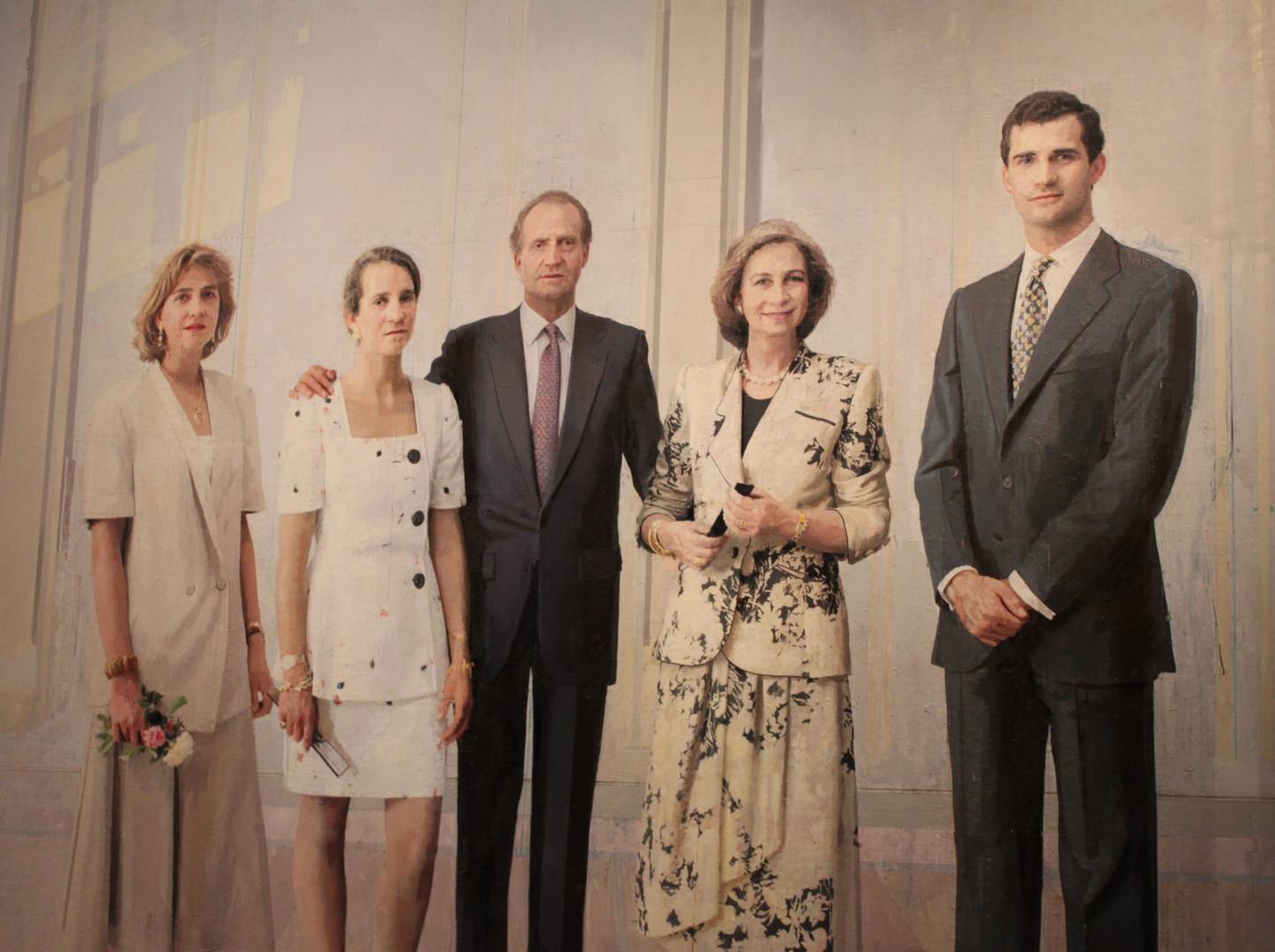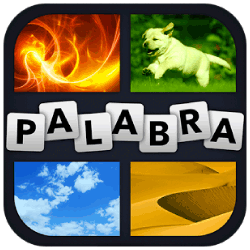Contenidos
Santa comba de bande planta
wikipedia
The rest of the decoration of the church consists of an impost that runs along the beginning of the vault of the apse and borders the window that exists in it, which is formed by a serpentine stem with clusters and leaves, of the same type as that of San Pedro de la Nave, some rows of sogueado in the naves at the height of the ledges of the arches of the crossing and others of the same type on the walls of the crossing, above the end of the arches. Also noteworthy is the lattice of the apse window, formed by semicircles that ride on top of each other. This design has been found in other remains of Visigothic decoration, such as a cymatium of Córdoba or in the imposts of San Giao de Nazaré.
The rigging of the walls is, like all the architecture of that period, based on large well carved ashlars, although not with the perfection of San Fructuoso de Montelios, placed in horizontal courses that form a very solid structure as demonstrated by its magnificent state of preservation.
It is evident that an in-depth study of the monastic life of the period and the relationship between the cave churches and the first free-standing monastic constructions, as well as their evolution, would be necessary in order to be able to deal with this subject in greater depth.
wikipedia
Besides it has two doors, one in the south arm of the transept and another at the foot of the porch, emphasizing that the door located in the porch presents a more current construction to the original time. The church had a total of six chapels. On the northwest side, right next to the transept, there is a chapel used to keep the sacred elements of worship and relics, there was also another chapel (now lost) located on the other side of the transept. There are located on both sides of the main nave two chapels used by the monks. In addition to two other chapels in the entrance portico whose function was to serve as a shelter for walkers and pilgrims. It should be noted that the chapels located next to the transept could only be accessed through the interior of the church, not the exterior.
monastery of celanova
Church of cruciform plan of Visigothic epoch, with important later remodelings. Only a part of the elevation, as well as its decoration can be dated to the 7th century. Its dimensions are 18 m long and 11.80 m wide. Its constructive similarities, in large granite blocks, with the church of San Fructuoso de Montelios and other constructions of this period do not allow us to doubt its chronology. On the other hand, the sculptural-decorative remains that are preserved corroborate this statement.
quintanilla de las viñas
The dating of the temple is a problematic aspect, since there is a division between those who consider the building Visigothic and those who ascribe it to the Swabians. There are documents that speak of Santa Comba from before the VII century, without specifying more. What is certain is that there are indications that point to the construction in the Swabian period, before or after the Visigothic annexation, although it underwent numerous later reforms.
Santa Comba is actually a corruption of Colomba, meaning dove, and if we say dove in a Christian context, we are saying Holy Spirit. And this leads us by the hand to the very dear to Roman Christianity, mystery of the Trinity.
Many pilgrims grant this stone coffin a miraculous function. As with the hydria de Caná de Cambre, devotees scrape the sarcophagus of San Trocado with a scallop shell and the resulting powder is boiled, strained and the resulting liquid is used to wash the face. The devotees consider that this potion is good for healing sight and hearing ailments.







